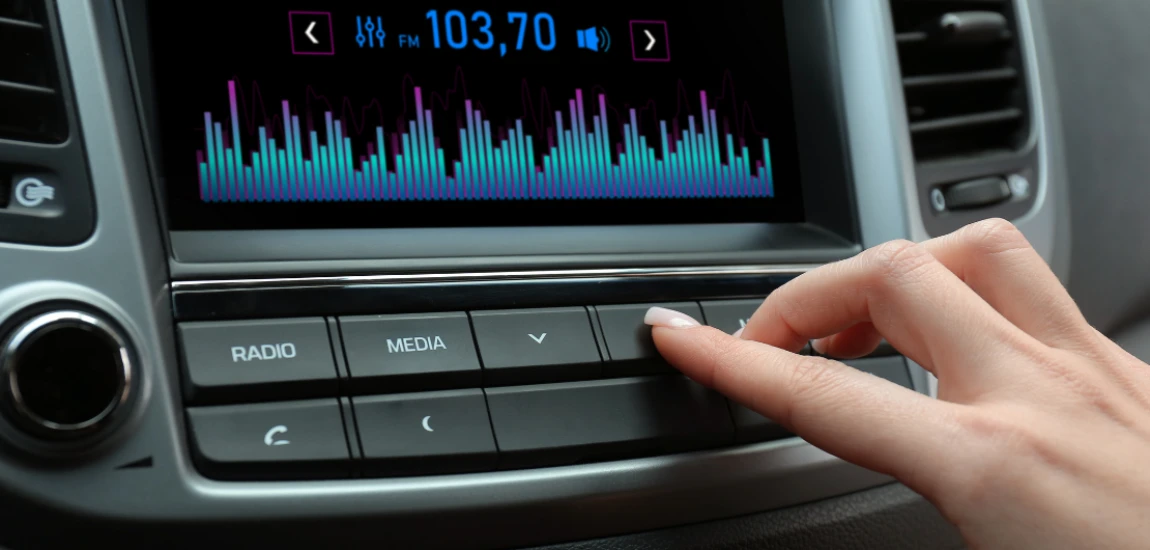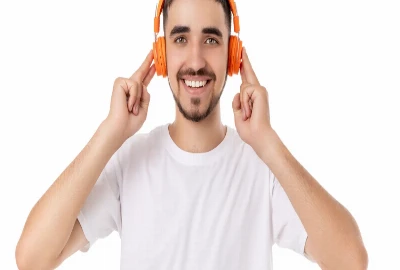Auto-Tune to AI: The Evolution of Vocal Manipulation in Pop Music

Pop music has always been shaped by technology, from electric guitars and synthesizers to drum machines and digital production. Yet one of the most influential—and controversial—tools has been vocal manipulation. What began with pitch correction software like Auto-Tune has evolved into artificial intelligence generating voices indistinguishable from human singers. This journey reflects not only technological progress but also cultural debates around authenticity, artistry, and the future of music.
The evolution of vocal manipulation in pop music reveals how innovation can both redefine creativity and spark controversy. While Auto-Tune once symbolized robotic perfection, AI-generated vocals raise questions about originality, copyright, and even the role of human singers. This blog explores the fascinating transformation of vocal manipulation, tracing its roots, milestones, and the challenges it presents today.
The Origins of Vocal Manipulation in Music

Early Experiments with Technology
Before Auto-Tune, producers experimented with vocoders and talk boxes in the 1970s and 1980s. Artists like Kraftwerk, Stevie Wonder, and Peter Frampton used these tools to create futuristic sounds that shaped electronic and pop music. These early devices weren’t about fixing pitch but about creating new textures.
Studio Tricks and Layering
Vocal manipulation also existed through analog methods—double tracking, tape speed adjustments, and heavy reverb. These techniques shaped iconic sounds, from The Beatles’ layered harmonies to David Bowie’s experimental production.
A Growing Desire for Precision
By the 1990s, as digital production became mainstream, producers wanted more control over vocals. This demand for precision set the stage for the invention of Auto-Tune.
The Arrival of Auto-Tune: A Game-Changer

The Invention of Auto-Tune
In 1997, Andy Hildebrand, a geophysicist, developed Auto-Tune as a pitch-correction tool. Originally intended for subtle corrections, it could instantly adjust off-key notes, making vocals sound flawless.
Cher and “Believe”
The world first noticed Auto-Tune’s creative potential with Cher’s 1998 hit “Believe.” The exaggerated pitch effect became known as the “Cher effect” and marked a turning point in pop music.
Mainstream Adoption
After “Believe,” Auto-Tune quickly spread across genres. Pop, hip-hop, and R&B artists began using it for both correction and style. Its accessibility made it a staple in modern music production.
Auto-Tune as a Style, Not Just a Tool

From Correction to Creativity
What began as a corrective tool soon became an artistic choice. Rappers like T-Pain embraced Auto-Tune as a signature sound, proving it could be central to an artist’s identity.
Polarizing Reactions
Critics argued Auto-Tune destroyed authenticity, while fans embraced its futuristic vibe. The debate highlighted broader questions: does music need to sound natural to be emotional?
Cross-Genre Influence
Auto-Tune wasn’t confined to pop—it influenced country, EDM, and even rock. Artists across genres experimented with the effect, solidifying its role as more than just pitch correction.
The Cultural Debate Around Auto-Tune

Authenticity vs. Artificiality
The biggest criticism of Auto-Tune was that it made talent optional. Purists claimed it undermined vocal skill, while defenders argued it was just another instrument in the producer’s toolkit.
The “Cheating” Stigma
Auto-Tune carried a stigma, with accusations that artists used it to mask poor singing ability. However, many skilled vocalists admitted using it subtly for polish.
Shifting Perspectives
Over time, Auto-Tune became normalized. Just as distortion on a guitar or reverb on vocals became accepted, pitch correction eventually lost some of its controversy.
The Rise of Vocal Sampling and Manipulation

Hip-Hop and Sampling Culture
Hip-hop producers pushed vocal manipulation further through sampling. Chopped, sped-up, or pitched-down vocal snippets became central to beats and hooks.
Electronic Music Innovations
EDM artists stretched vocal samples beyond recognition, creating instrument-like textures from human voices. This experimentation blurred the line between vocals and synths.
Tools Beyond Auto-Tune
Software like Melodyne offered even greater control, letting producers reshape vocals in intricate ways, including timing, phrasing, and harmonics.
The Transition Toward AI in Music

AI Voice Synthesis
Recent years have seen AI take vocal manipulation to new heights. Software can now generate realistic human voices, clone specific singers, or even create entirely artificial vocalists.
Viral AI Covers
AI covers—where algorithms mimic famous singers performing songs they never recorded—have flooded the internet. Fans are fascinated, but legal questions loom.
Industry Adoption
AI is no longer a novelty. Major companies are exploring AI-generated backing vocals, demos, and even synthetic artists who never existed in real life.
Ethical and Legal Challenges

Ownership and Copyright
Who owns an AI-generated voice that mimics a famous artist? This question is at the heart of ongoing legal debates. Artists and labels are pushing for new protections.
Consent and Identity
AI voices raise ethical concerns about consent. Should anyone be allowed to replicate a singer’s voice without permission? This issue mirrors debates around deepfakes and digital likeness.
The Value of Human Performance
If AI can replicate any voice, what role does human emotion, imperfection, and authenticity play in music? This remains a deeply divisive topic among fans and creators alike.



